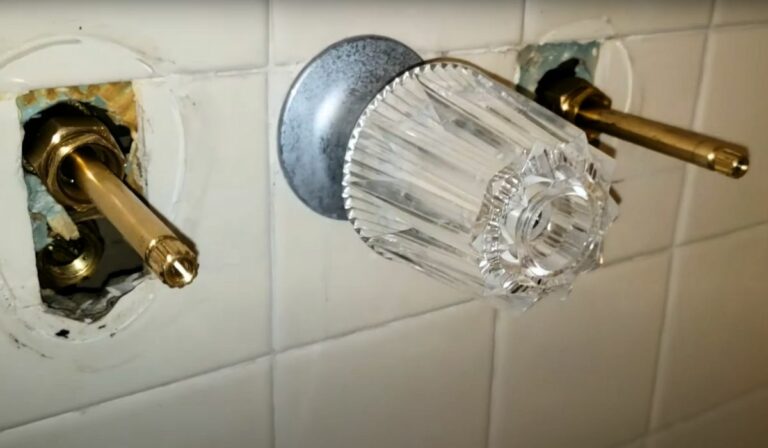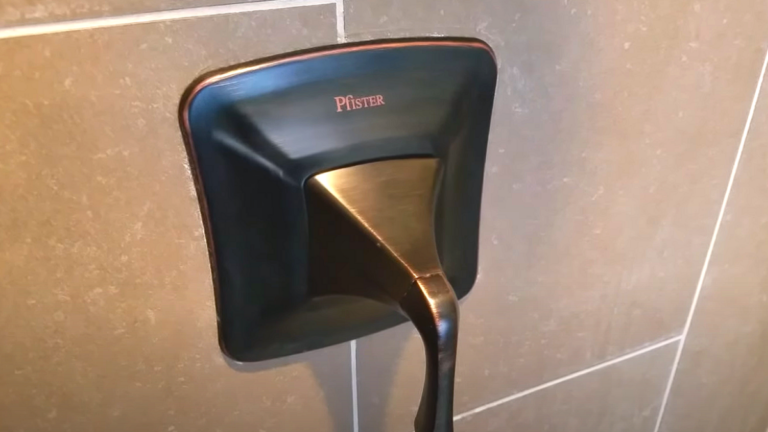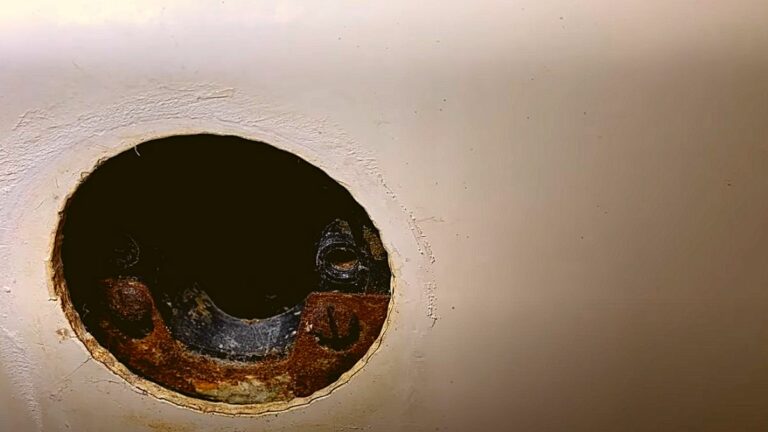When Can You Shower After C Section
You can usually start showering 24 to 48 hours after your C-section once the incision looks closed and isn’t showing redness, swelling, or discharge. Use lukewarm water, gentle soap, and avoid scrubbing or hot water directly on the area. Pat the incision dry carefully and keep showers brief to prevent irritation. Avoid baths or soaking until fully healed. Keep these tips in mind, and you’ll find helpful ways to protect your incision and stay comfortable as you heal.
Typical Timeline for Showering Post-C-Section
Although your healthcare provider will give specific instructions, you can usually start showering within 24 to 48 hours after a C-section.
Initially, you should keep your shower brief and use lukewarm water to avoid irritating your incision. Avoid scrubbing the area and gently pat it dry afterward.
You might feel cautious about getting the incision wet, but modern surgical dressings often protect the site well enough for a quick shower.
It’s best to skip baths, pools, or hot tubs until your incision fully heals to prevent infection.
If you experience increased redness, swelling, or pain afterward, contact your provider promptly.
Signs Your Incision Is Ready for Showering
Before you start showering after a C-section, you need to recognize when your incision shows clear signs of readiness. Look for a closed incision with no open areas or gaps. The skin should be dry or only slightly moist, without excessive redness or swelling. You shouldn’t notice any pus, unusual discharge, or foul odor, as these indicate infection.
Mild itching or tenderness is normal, but sharp pain or increased discomfort could mean your incision isn’t ready. Also, ensure any surgical staples or stitches are intact or your doctor has approved removal. If you see scabbing or the incision feels stable and doesn’t open when you move, it’s a good sign you can start showering gently.
Always confirm with your healthcare provider before resuming showers.
How to Protect Your Incision While Showering
When you start showering after a C-section, protecting your incision is crucial to prevent infection and promote healing. Begin by gently patting the area dry with a clean towel instead of rubbing, which can irritate the skin. Avoid using harsh soaps or scrubbing directly on the incision.
Keep the water temperature warm, not hot, to reduce inflammation. If your doctor recommends, cover the incision with a waterproof dressing before showering to shield it from excess moisture. Make sure to change any dressings promptly after showering to keep the site dry and clean.
Lastly, avoid soaking the incision in water, like baths or hot tubs, until your doctor confirms it’s safe. Taking these steps helps your incision heal smoothly and reduces complications.
Best Practices for Showering Safely After Surgery
Since your body is still healing, you’ll want to take extra care during showers after surgery. Start by keeping the water temperature lukewarm to avoid irritating your incision. Use gentle, fragrance-free soap and clean the area softly with your hand or a soft cloth. Avoid scrubbing the incision. Pat the area dry with a clean towel, don’t rub.
If your doctor allows, you can let water run over the incision, but don’t soak it. Keep shower time brief to minimize moisture exposure. Make sure your bathroom is non-slip and use a shower chair if standing is difficult. Have someone nearby if you feel weak or dizzy.
Following these practices helps protect your incision and supports your recovery safely.
What to Avoid When Showering After a C-Section
While following safe showering techniques is important, you also need to be aware of certain habits that can hinder your healing process. Avoid using hot water, as it can increase swelling and discomfort around your incision. Don’t scrub the incision site; instead, gently pat it clean to prevent irritation or reopening the wound.
Stay away from harsh soaps or scented body washes that may cause itching or allergic reactions. Also, avoid standing under a strong water stream directly hitting your incision, since this can disrupt healing.
Lastly, don’t rush your shower—take your time to move carefully and avoid slipping or sudden movements that might strain your abdominal muscles. Being mindful of these will help you recover smoothly and safely after your C-section.
Managing Incision Care Between Showers
Although you won’t be in the shower all day, caring for your incision between showers plays a crucial role in your recovery. Keep the incision clean and dry by gently wiping around it with a damp cloth if needed, avoiding direct pressure.
Change any dressings as your healthcare provider advises, and watch for signs of infection like redness or swelling. Avoid applying lotions, powders, or creams on the incision unless your doctor approves.
Wear loose, breathable clothing to reduce irritation and allow airflow. When sitting or moving, support your abdomen to prevent strain on the incision.
Staying attentive to these steps helps your incision heal properly and reduces discomfort between showers, ultimately promoting a smoother recovery process.
When to Contact Your Doctor About Showering Concerns
Keeping your incision clean and monitoring it between showers sets the foundation for healing, but you should also know when to reach out to your doctor about any showering-related concerns.
If you notice increased redness, swelling, or warmth around the incision, contact your doctor promptly. Also, watch for unusual discharge, foul odor, or any bleeding that worsens after showering.
If you experience intense pain that doesn’t improve or fever above 100.4°F (38°C), these could signal infection and need medical attention.
Additionally, if the incision opens or you see any separation of the skin edges, avoid showering over the area and call your healthcare provider.
Don’t hesitate to ask questions if you’re unsure about your shower routine; your doctor can guide you safely through recovery.
Additional Tips for Comfort and Hygiene During Recovery
To stay comfortable and maintain hygiene during your recovery, focus on gentle care and practical adjustments. Use mild, fragrance-free soap around your incision to prevent irritation, and pat the area dry with a clean towel instead of rubbing.
Wear loose, breathable clothing to reduce friction and allow air circulation. Change your sanitary pads frequently to avoid infection and keep the incision site dry.
When showering, avoid directing strong water pressure directly onto your incision. Support your abdomen with one hand to ease discomfort while moving. If you feel pain or dizziness, pause and rest.
Also, keep your follow-up appointments so your healthcare provider can monitor healing. These steps help you recover safely and stay comfortable while maintaining good hygiene.
Frequently Asked Questions
Can I Use Bath Oils or Bubble Bath After a C-Section?
You shouldn’t use bath oils or bubble bath right after a C-section because they can irritate your incision. Wait until your doctor confirms your wound’s fully healed before trying those to avoid infection or discomfort.
Is It Safe to Take a Bath Instead of a Shower Post-C-Section?
It’s generally safer to avoid baths after a C-section until your incision fully heals to prevent infection. You can shower, but soaking in a bath might expose the wound to bacteria. Always check with your doctor first.
How Soon Can I Resume Using Deodorant After a C-Section?
You can usually resume using deodorant once your incision is fully healed and there’s no open wound or irritation, typically around two weeks after your C-section. Always check with your doctor to be safe.
Can I Shave My Legs or Bikini Area Right After a C-Section?
You shouldn’t shave your legs or bikini area right after a C-section. Wait until your incision heals completely to avoid infection and irritation. Your doctor will give you the best timeline based on your recovery progress.
Will Showering Help Reduce Swelling After a C-Section?
Showering can help reduce swelling after a C-section by improving circulation and keeping the incision clean. Just use warm water, avoid scrubbing the area, and follow your doctor’s instructions to prevent infection and promote healing.
Conclusion
You can usually start showering about 24 to 48 hours after your C-section, but always follow your doctor’s advice. Make sure your incision looks good—no excessive redness or swelling—before getting it wet. Protect the area gently while showering and avoid scrubbing or soaking the incision. If you notice any signs of infection or unusual pain, contact your doctor right away. Taking these steps helps you heal safely and stay comfortable during recovery.




